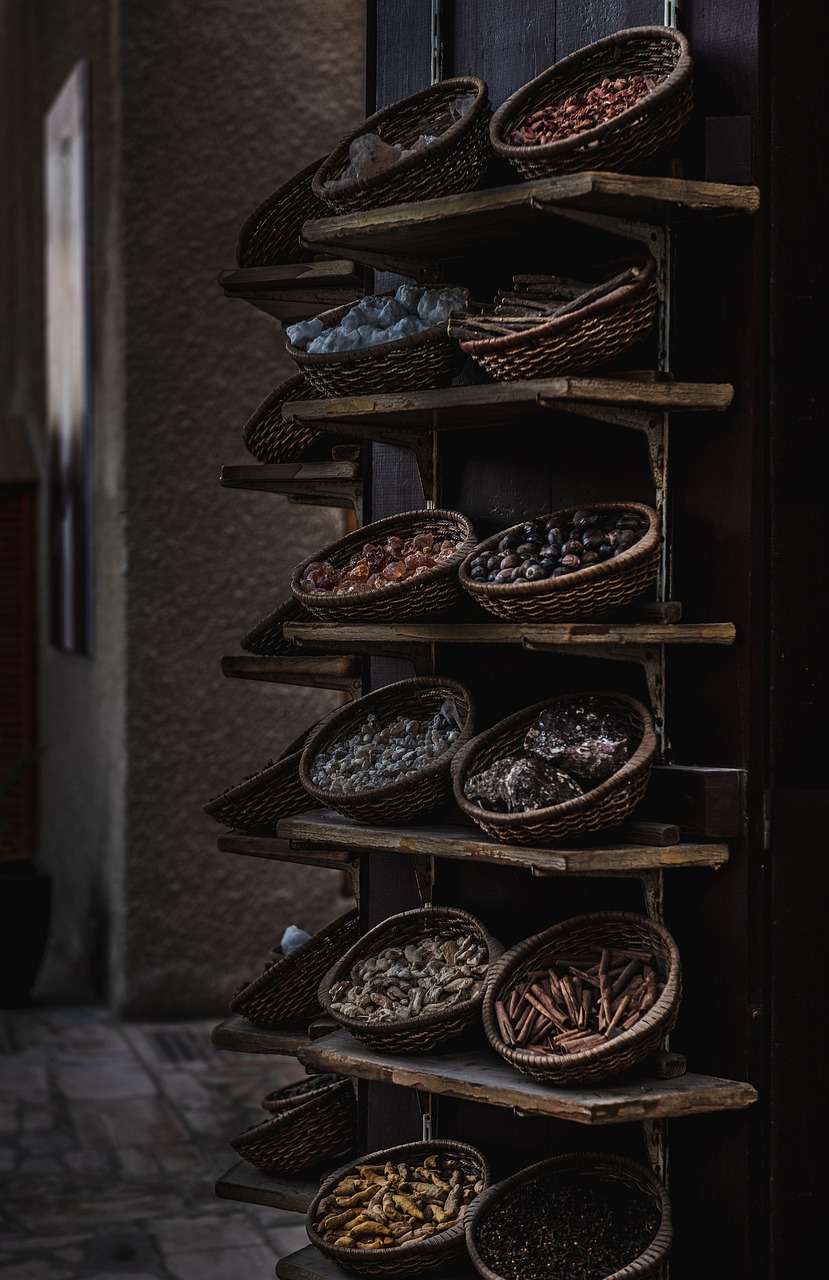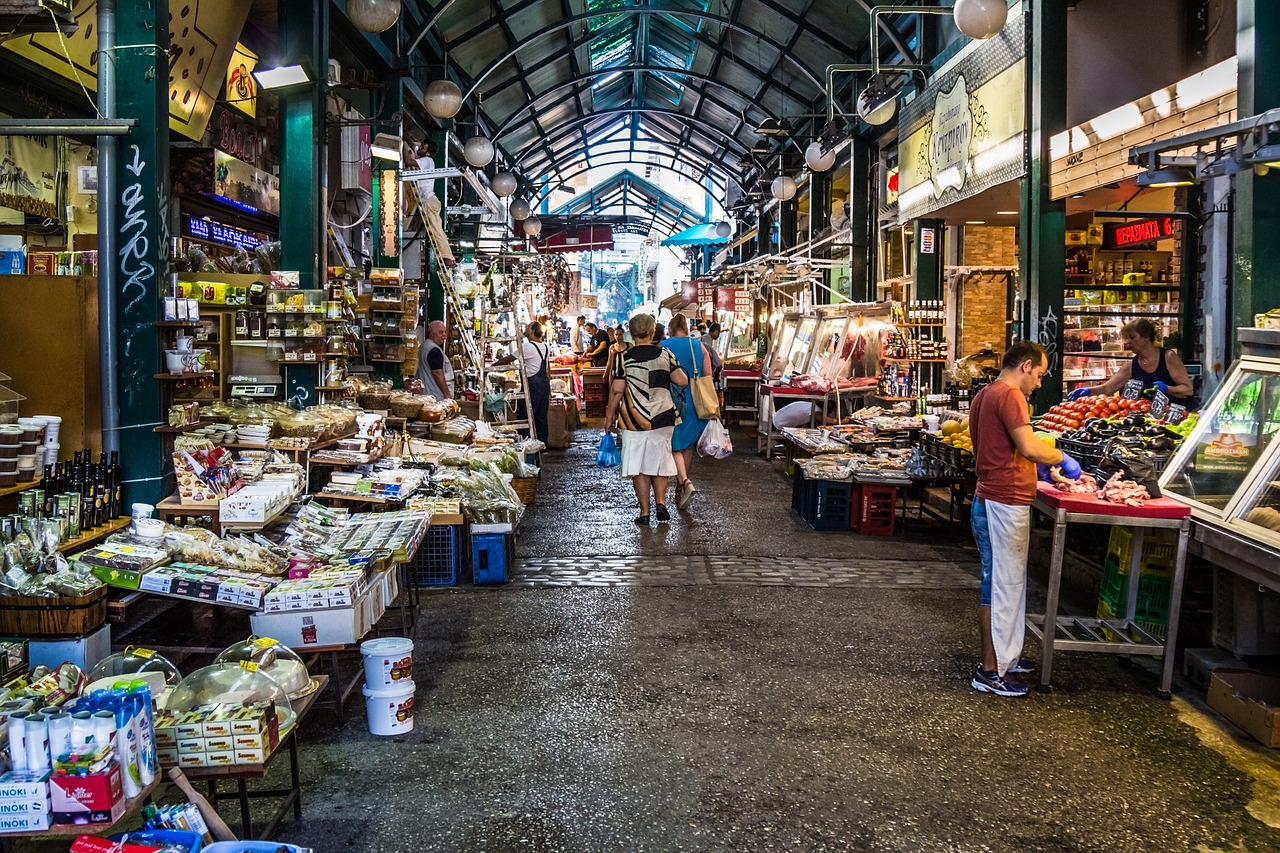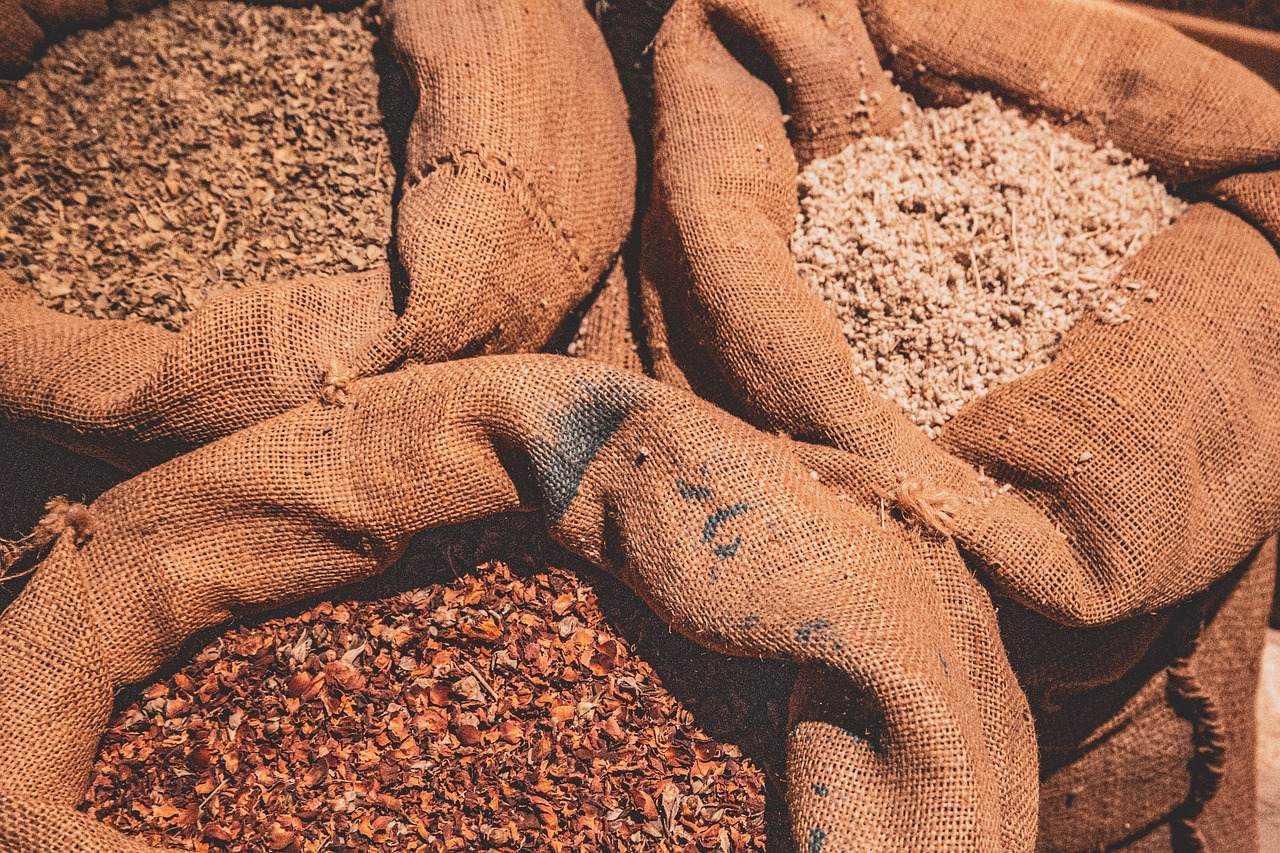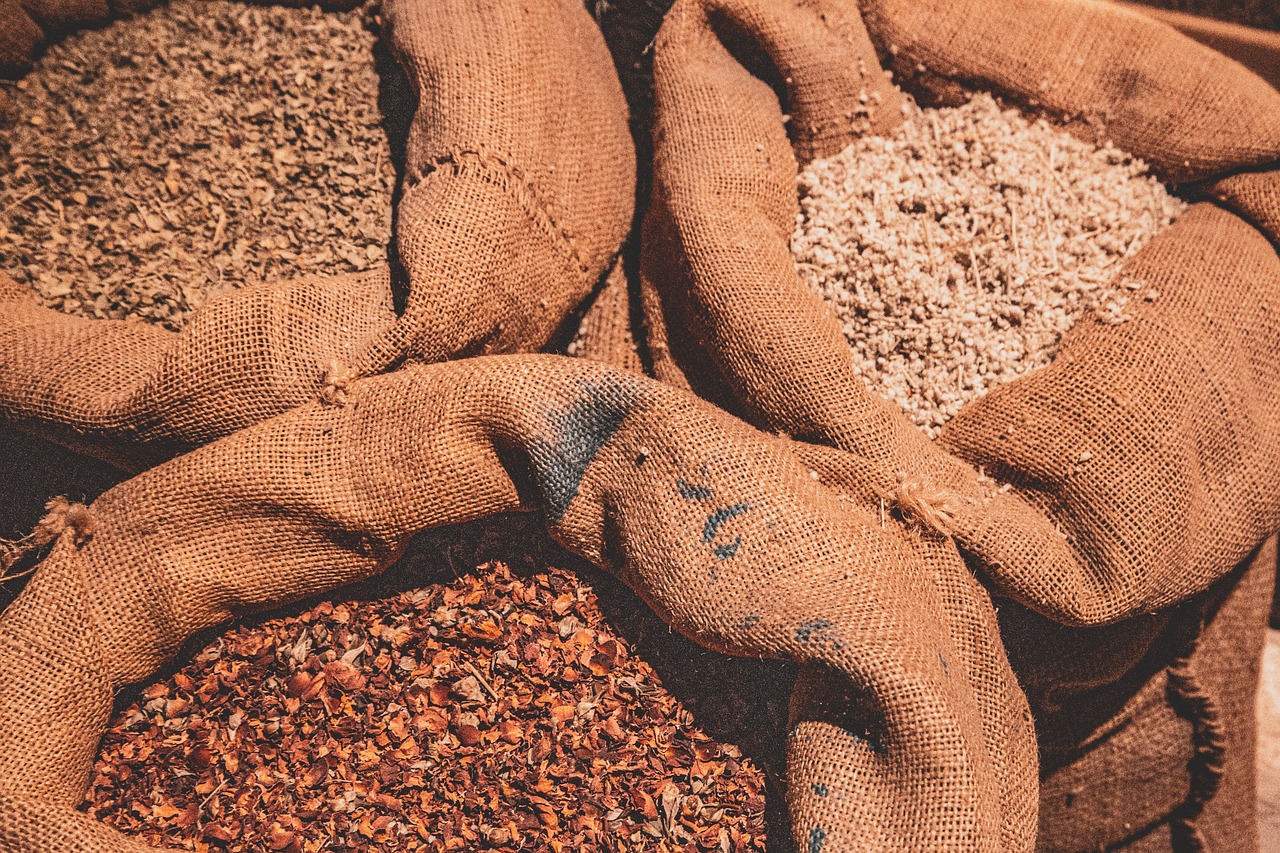Experience the vibrant flavors and rich history of Indian cuisine with a deep dive into the fascinating world of the spice trade. As you explore the spice-laden routes that brought exotic flavors from distant lands to the Indian subcontinent, you’ll uncover the profound impact that these precious commodities had on the traditional recipes and culinary practices of this diverse country. Discover how the introduction of spices from around the world transformed the way Indians cooked and the way their food is relished today. Get ready to tantalize your taste buds and embark on a mouthwatering journey through the intricate tapestry of Indian cuisine.
The Origins of the Spice Trade
The spice trade in ancient times
The spice trade has a long and rich history that dates back to ancient times. Spices have always held immense value and were highly sought after for their unique flavors and medicinal properties. Ancient civilizations, such as the Egyptians, Greeks, and Romans, were early participants in the spice trade, importing spices from India and other parts of the world.
The discovery of new trade routes
The spice trade truly flourished with the discovery of new trade routes. The opening of the Silk Road in the 2nd century BCE and the exploration of maritime routes by Arab, Chinese, and European traders in the Middle Ages revolutionized the spice trade. These new routes not only facilitated the transportation of spices but also led to the exchange of ideas, cultures, and knowledge between different regions.
The role of European powers in the spice trade
European powers, such as Portugal, Spain, the Netherlands, France, and England, played a significant role in the spice trade during the 15th and 16th centuries. Seeking to bypass the traditional spice routes controlled by Arab traders, European explorers embarked on voyages of discovery. This era of exploration ultimately led to the colonization of India and the establishment of dominant European powers in the spice trade.
Spices in Indian Cuisine
The importance of spices in Indian cooking
Spices are the heart and soul of Indian cuisine. They have been an integral part of Indian cooking for thousands of years, adding complexity, depth, and aroma to dishes. Indian cuisine is renowned for its vibrant and diverse flavors, which are largely attributed to the wide range of spices used.
Popular spices used in Indian cuisine
Indian cuisine boasts a staggering array of spices, each with its own distinct flavor and aroma. Some of the most commonly used spices include cumin, coriander, turmeric, cardamom, cloves, cinnamon, fenugreek, and mustard seeds. These spices are used in various forms, such as whole seeds, ground powders, and even as pastes.
The medicinal and health benefits of Indian spices
Indian spices not only enhance the taste of food but also offer numerous health benefits. Many spices used in Indian cooking have medicinal properties and have been prized in Ayurvedic medicine for centuries. For example, turmeric has anti-inflammatory properties, while ginger aids digestion. Spices like black pepper, cinnamon, and cardamom are known for their antioxidant properties.

The Influence of the Spice Trade on Indian Cuisine
Introduction of new spices and flavors
The spice trade had a profound influence on Indian cuisine, as it introduced new spices and flavors to the culinary landscape. The exchange of spices between India and other countries led to the incorporation of ingredients like chili peppers, potatoes, tomatoes, and peanuts into Indian cooking. These ingredients transformed traditional Indian dishes and gave rise to new, fusion flavors.
Impact on regional cuisines in India
The spice trade also had a significant impact on regional cuisines in India. Different regions of India have their own unique styles of cooking and flavor profiles, largely influenced by the spices that are abundant in their respective areas. For example, regions along the coast, like Kerala and Goa, have a strong influence of coconut, while the North Indian cuisine is characterized by the abundant use of aromatic spices like cumin and cardamom.
Development of fusion dishes
The spice trade not only influenced traditional Indian cuisine but also gave rise to fusion dishes that blend Indian and foreign flavors. With the introduction of new spices and ingredients, Indian cooks began experimenting and incorporating foreign culinary techniques into their traditional recipes. This resulted in the creation of dishes like biryani, a flavorful rice dish with Persian origins, and vindaloo, a spicy curry originating from Portuguese influences.
The Economic and Social Impact
Role of spice trade in shaping Indian economy
The spice trade played a crucial role in shaping the Indian economy throughout history. India’s rich spice resources made it a major player in the global trade network. The spice trade created employment opportunities, boosted local economies, and contributed to the overall prosperity of the country.
Impact on the social structure of Indian society
The spice trade also had a deep impact on the social structure of Indian society. It led to the establishment of trade networks, the formation of new merchant classes, and the development of port towns and cities. The influx of foreign traders and their interactions with local communities facilitated cultural exchanges and contributed to the diversity and multiculturalism of Indian society.
Transformation of Indian food culture
The spice trade transformed Indian food culture by introducing new ingredients, cooking techniques, and flavor combinations. It broadened the range of culinary possibilities and expanded the palate of Indian cooks and diners alike. The incorporation of foreign spices and flavors made Indian cuisine more dynamic, resulting in the rich and diverse culinary traditions that we see today.

Colonialism and the Spice Trade
Colonial powers and their control over the spice trade
During the colonial era, European powers exerted control over the spice trade in India. This control was an integral part of their colonization efforts, as spices were highly valued commodities that brought immense wealth to the colonizers. The Portuguese, Dutch, French, and British East India Company all sought to monopolize the spice trade and exploit the resources of India.
Negative consequences of colonialism on Indian spices
Colonialism had detrimental effects on Indian spices. The colonizers imposed restrictive policies, such as high taxation and monopolies, which exploited Indian spice farmers and limited their access to global markets. Traditional farming practices were disrupted, and inferior, low-quality spices were often exported to serve the interests of the colonizers.
Changes in Indian cuisine during colonial rule
The colonial era brought about significant changes in Indian cuisine. The introduction of European cooking techniques, ingredients, and spices influenced the evolution of Indian dishes. Indian cuisine adapted to the tastes and preferences of the colonizers, resulting in the fusion of Indian and European flavors. The arrival of the British also popularized tea consumption in India, leading to the widespread cultivation of tea plantations.
Modern Spice Trade in India
Current status of spice trade in India
India remains one of the largest producers and exporters of spices in the world. The spice trade continues to thrive, with India exporting a wide range of spices to countries across the globe. The demand for Indian spices remains high, and they are widely appreciated for their quality, flavor, and authenticity.
Major spice-producing regions in India
Different regions of India are known for producing specific spices. Kerala is famous for its pepper and cardamom, while Kashmir is renowned for its saffron. Tamil Nadu is a major producer of turmeric, while Andhra Pradesh is known for its chili peppers. These regions, among others, contribute significantly to the spice trade in India.
Exports of Indian spices and their economic impact
The export of Indian spices has a significant economic impact on the country. It brings in foreign exchange, creates employment opportunities, and supports the livelihoods of millions of farmers and workers involved in spice production. The spice trade also promotes tourism, as travelers from around the world seek to explore the diverse flavors and culinary traditions of India.

Traditional Spice Blends in Indian Cuisine
Introduction to popular spice blends in Indian cooking
Spice blends, known as masalas, are integral to Indian cuisine. These blends consist of a carefully selected combination of spices that are roasted, ground, and mixed together to create a unique and flavorful blend. Garam masala, curry powder, and rasam powder are a few examples of popular spice blends used in Indian cooking.
The importance of spice blends in different regional cuisines
Different regions in India have their own unique spice blends that are central to their culinary traditions. For example, the Bengali five-spice blend, known as panch phoron, is used in many dishes from Eastern India, while the Maharashtrian goda masala is a key component of dishes from Western India. These spice blends not only add complexity and depth of flavor but also define the regional identity of each cuisine.
Methods and recipes for making spice blends
Making spice blends requires precision and knowledge of flavor combinations. Each spice blend may have its own specific ingredients and proportions. The spices are typically dry roasted to enhance their flavors before being ground into a fine powder. Recipes for spice blends are often passed down through generations, and every household may have its own unique variation of a particular blend.
The Role of Spices in Ayurvedic Medicine
Spices and their significance in Ayurveda
Ayurveda, the ancient Indian system of medicine, places great importance on the use of spices for healing and maintaining well-being. Spices are believed to have a balancing effect on the body and the mind. Ayurvedic texts mention the therapeutic properties of various spices and recommend their use in different remedies and preparations.
Traditional uses of spices in Ayurvedic medicine
In Ayurvedic medicine, spices are used to stimulate digestion, balance doshas (bioenergies), and promote overall health. For example, turmeric is used to reduce inflammation, black pepper aids digestion, and cinnamon helps regulate blood sugar levels. Spices are often incorporated into herbal teas, tonics, and medicinal powders to harness their healing properties.
Modern scientific research on the health benefits of Ayurvedic spices
Modern scientific research has corroborated many of the health benefits attributed to Ayurvedic spices. The active compounds found in spices have been found to possess antioxidant, anti-inflammatory, antimicrobial, and even anticancer properties. This research has further propelled the popularity and demand for Ayurvedic spices in the global market.
The Influence of Indian Spices on Global Cuisine
Adoption of Indian spices in international cuisines
Indian spices have had a significant influence on global cuisine, with many international cuisines adopting and incorporating Indian flavors into their dishes. Spices like cumin, coriander, and turmeric have become staples in many global kitchens. Indian spices add depth, complexity, and a touch of exoticism to a wide range of international dishes.
Fusion dishes and international adaptations of Indian flavors
Indian flavors have been adapted and incorporated into fusion dishes around the world. The popularity of Indian street food, for example, has led to the creation of innovative dishes that combine traditional Indian spices with international ingredients. Indian-inspired curries, wraps, and even desserts can now be found on menus worldwide.
The popularity of Indian spices in the global market
Indian spices have gained immense popularity in the global market due to their unmatched quality and flavor. They are prized by chefs and cooking enthusiasts around the world for their ability to elevate dishes and create unique culinary experiences. The demand for Indian spices continues to grow, contributing to India’s position as a leading player in the global spice trade.
Preserving and Promoting Indian Spices
Efforts to conserve and protect Indian spice varieties
Recognizing the importance of preserving India’s rich spice heritage, various organizations and initiatives have been launched to conserve and protect indigenous spice varieties. Efforts are being made to document traditional farming practices, safeguard rare spice species, and promote sustainable agricultural methods to ensure the longevity of Indian spice diversity.
Promoting sustainable spice farming practices
Promoting sustainable spice farming practices is essential to protect the environment and maintain the integrity of Indian spice production. Organic farming methods, fair trade practices, and community-led initiatives are being encouraged to ensure the long-term sustainability of spice cultivation. These practices aim to minimize environmental impact and provide better livelihoods for spice farmers.
The role of government and non-governmental organizations in preserving Indian spices
Both governmental and non-governmental organizations play a crucial role in preserving and promoting Indian spices. Government initiatives support research and development, provide infrastructure, and offer financial assistance to spice farmers. Non-governmental organizations often work closely with farmers, providing training, education, and market access to help them thrive in the spice trade. Together, these efforts contribute to the preservation and promotion of Indian spices for future generations to enjoy.
